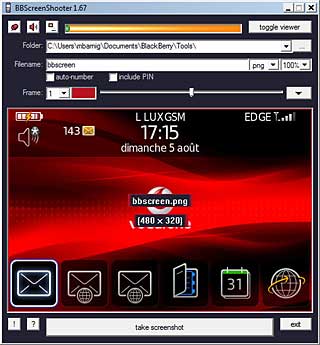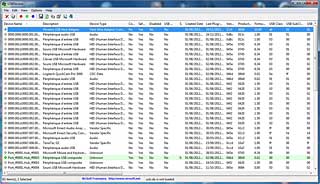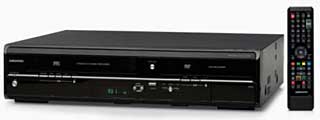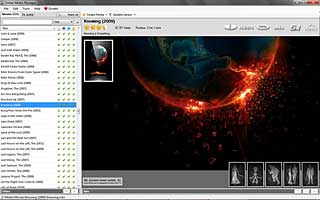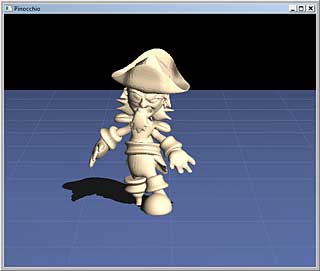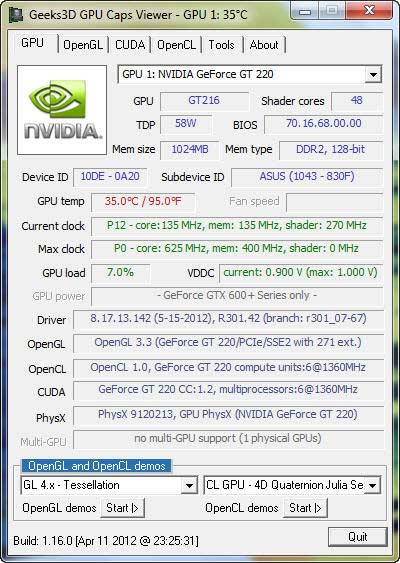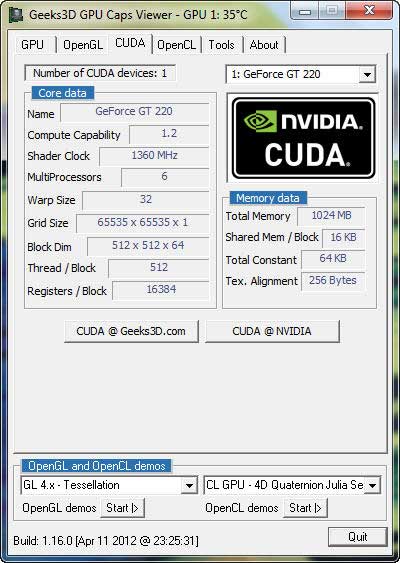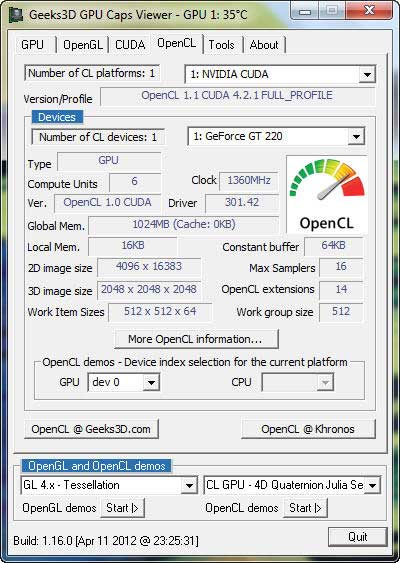Last update : July 5, 2014
Early 2006, Lokesh Dhakar introduced Lightbox, a unobtrusive script used to display large images using modal dialogs over a black faded background. Six years later, there were hundred of scripts available to create slideshows, carousels, sliders and image galleries on the web. I evaluated the following responsive javascript slideshows for different projects:
- Camera
- carousel
- Colorbox
- Fancybox
- Flexslider 2
- Floatbox
- Imageflow
- jCarousel
- jquery-cycle 2
- Lightbox 2
- Lightview
- Lytebox
- NoobSlide
- Photoswipe
- ResponsiveSlides
- Shutter-Reloaded
- Slick
- Swipe
- TinyBox 2
- TinySlider
- TinyFader
- tn3gallery
- TouchGallery
Today, some of these scripts are outdated and I included them only for historical reasons. Some scripts are standalone, but most are based on jQuery, a fast, small and feature-rich JavaScript library. Most of them are also available as WordPress plugin.
My favorite script is the …
I use the following code :
...See the demo
The following list provides links to websites with additional informations about slideshows and related topics :
- Elastic Image Slideshow with Thumbnail Preview, by Mary Lou, Codrops
- JQuery SlideShow, 150 fresh resources, by Juan Pablo Sarmiento, WebDesignShock
- 11 Multi-touch and Touch events Javascript libraries, by Kevin Liew, Queness
- The Lightbox Clones Matrix, by Richard Ozh
- From Flickr to Photoswipe : A Brief Tutorial, by Ajay Pillarisetti
- Html5 Tumblr Mobile App (Slideshow) : Part One and Part Two

